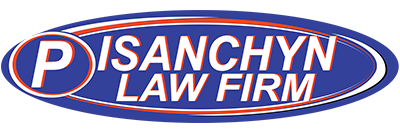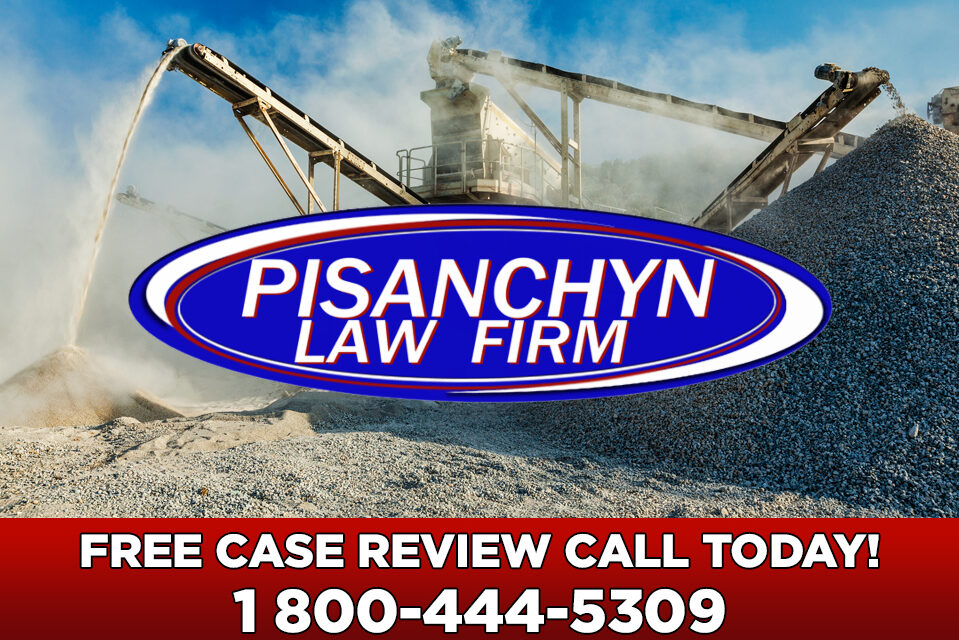Mining encompasses various methods and types, each with its own specific hazards and potential accidents. Here are some common types of mining and the associated accidents that can occur in each:
- Surface Mining:
- Vehicle Accidents: Surface mining often involves the use of heavy equipment and vehicles like trucks, loaders, and bulldozers, which can lead to collisions and accidents.
- Falls: Operators and workers can fall from equipment, highwalls, or stockpiles.
- Equipment Failures: Mechanical failures in equipment can result in accidents.
- Open-Pit Mining:
- Highwall Failures: Open-pit mines have steep walls, and collapses of highwalls can occur, leading to injuries or fatalities.
- Rockfalls: Falling rocks from pit walls or benches can pose a serious risk to workers.
- Underground Mining:
- Roof and Rib Falls: In underground mines, the collapse of the roof and rib can trap or crush miners.
- Explosions: Underground mines are at risk of explosions due to gases like methane and combustible dust.
- Entanglement: Workers can get caught in conveyor belts and machinery.
- Machinery Accidents: Operating heavy machinery in confined spaces can result in accidents.
- Gas Poisoning: Toxic gases, like carbon monoxide, can accumulate in underground mines, leading to asphyxiation.
- Inundations: Flooding of underground areas can trap miners.
- Rescue Operation Accidents: During rescue efforts, additional accidents can occur if safety protocols are not followed.
- Subsea Mining:
- Equipment Failures: Malfunctions of underwater mining equipment can be difficult to address and lead to accidents.
- Pressure-Related Risks: Subsea mining operations often occur at significant depths, exposing workers to high pressures, which can result in accidents and injuries.
- Placer Mining:
- Slips and Falls: Working in rivers and streams, placer miners are susceptible to slips, falls, and drowning accidents.
- Equipment Accidents: Mishandling or malfunction of equipment can result in accidents.
- Mountaintop Removal Mining:
- Slope Failures: The removal of mountaintops can lead to slope instability and collapses.
- Water Contamination: Environmental accidents, such as water pollution, can have health consequences for miners and local communities.
- Artisanal and Small-Scale Mining:
- Tunnel Collapses: In rudimentary underground tunnels, collapses can occur due to lack of support structures.
- Mercury Poisoning: In gold mining, the improper use of mercury can lead to poisoning.
- Explosive Accidents: The use of explosives without proper training and safety measures can result in accidents.
- Strip Mining:
- Haulage Accidents: As with surface mining, vehicle accidents are a common risk.
- Spoil Pile Failures: Collapse of spoil piles can lead to accidents.
- Sulfur Mining:
- Toxic Gas Exposure: Sulfur mines can have high concentrations of toxic gases, which pose a risk to miners.
Safety measures, training, and regulatory oversight are essential in all types of mining to minimize the occurrence of accidents and protect the well-being of miners. The specific risks and accidents can vary depending on the type of mining, the geological conditions, and the region in which mining operations take place.





